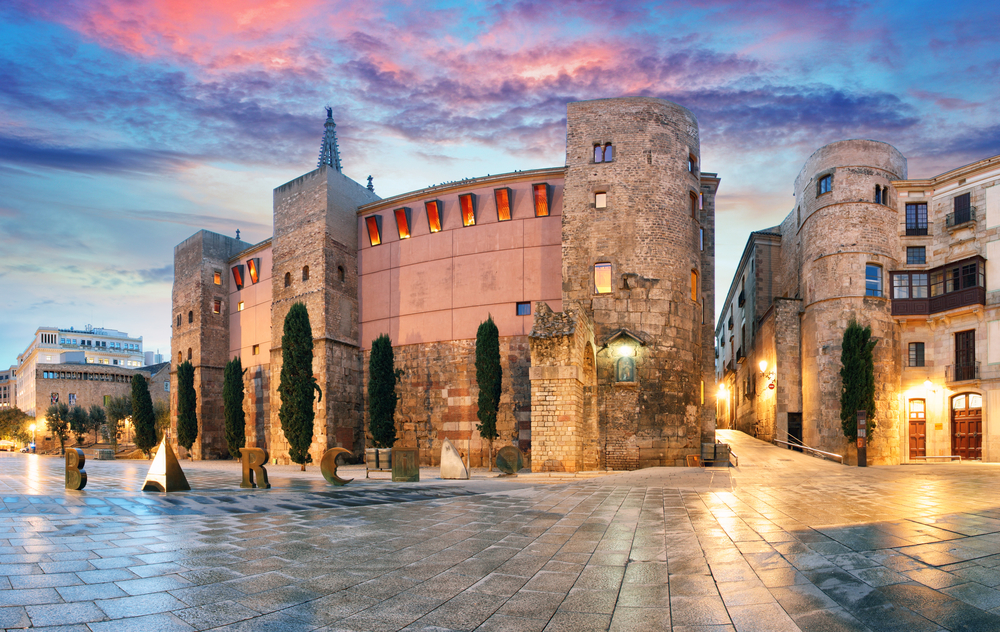
Many return visitors think that they have seen all Barcelona has to offer and thus opt to settle for the fabulous weather and hospitability of its people. However, Barcelona has several secret spots that often go unnoticed. Here are five of the top secret places that are rich in mystery and history and will be a memorable experience during a tour in Barcelona.
The Outlandish Casa Vicens
The Casa Vicens is the work of master architect Antonio Gaudi. Gaudi built it for the renowned industrialist, Manuel Vicens. Casa Vicens is located in 24, Calle Carolianas in Gracia District. For the longest time, the building has not been in the limelight due two main reasons. One of the reasons is the fact that it is located on the outskirts of the city center. The other reason was it is not open to the general public. However, all that changed after it was bought by MoraBanc in 2016; the building is now open to the public. The building has several features that stand out, but none is as pronounced as its remarkable façade that exudes a Middle Eastern-esque Palace.
The Roman Barcino
Visitors seeking to discover or learn about the history of Barcelona should visit the Barcelona History Museum (MUHBA). The museum is located in Barcino in the Gothic Quarter. Barcino is the ancient Roman city that birthed today’s Barcelona city. Tourists can trace the origins of the city back to the Roman times in 1st century AD through to the Visigoths times in 7th century AD and the medieval times of 13th century AD. The journey through time will not be complete without a tour to some of the medieval building still standing in the areas such as the 15th century Chapel of St. Agatha, commissioned by Kind Pedro Gunner of Portugal and built by Jaume Huguet
The Temple Of Augustus
The Temple of Augustus is a hidden gem in the Gothic Quarter, a section of the city that as intricate streets and varied anomalous architecture that are oddly addictive. The star attraction is the on Calle Paradis, 10’s medieval courtyard that has four columns which once were part of the Temple of Augustus. Yes, the temple is long gone, but the 9-meter high, 2000-year old towering columns bear testament magnificence of ancient architecture. A visit there takes people back to the Roman days.
The Church Of Sant Felip Neri
The visit to Barcelona’s Gothic Quarter should include a quick stop by the Plaça de Sant Felip Neri. The church exudes such a calm, peaceful, and surreal feeling. It is the perfect place to go and contemplate upon all the new historical discoveries learned about Barcelona while gazing at the church’s façade that was damaged during the 1938 aerial bombing. Though most of the church was restored, the damaged section of the façade was untouched to act as a reminder of the historical events.
The Roman Aqueducts Of Barcelona
Barcelona had two aqueducts, one running from Collserola the other from River Besòs. The two would meet at what is today the Plaça Nova, where reconstructed aqueduct located near two defense towers can be viewed. The other evidence of the aqueduct is on Calle Duran i Bas. The aqueducts are worth a mention and visit because the incredible arches alone are enough to bear testament to the amazing architecture of a yester-civilization.
